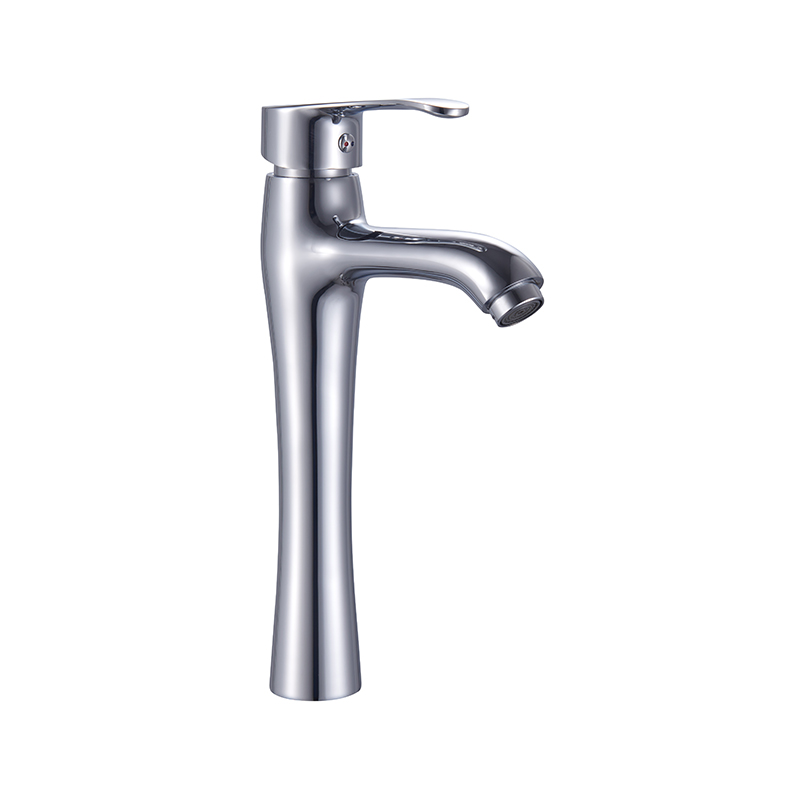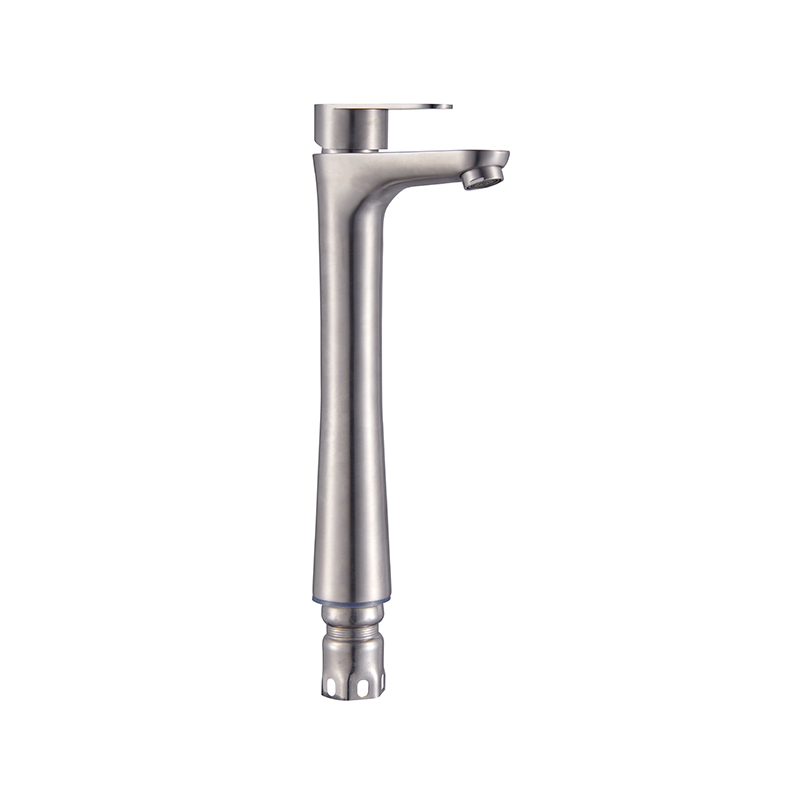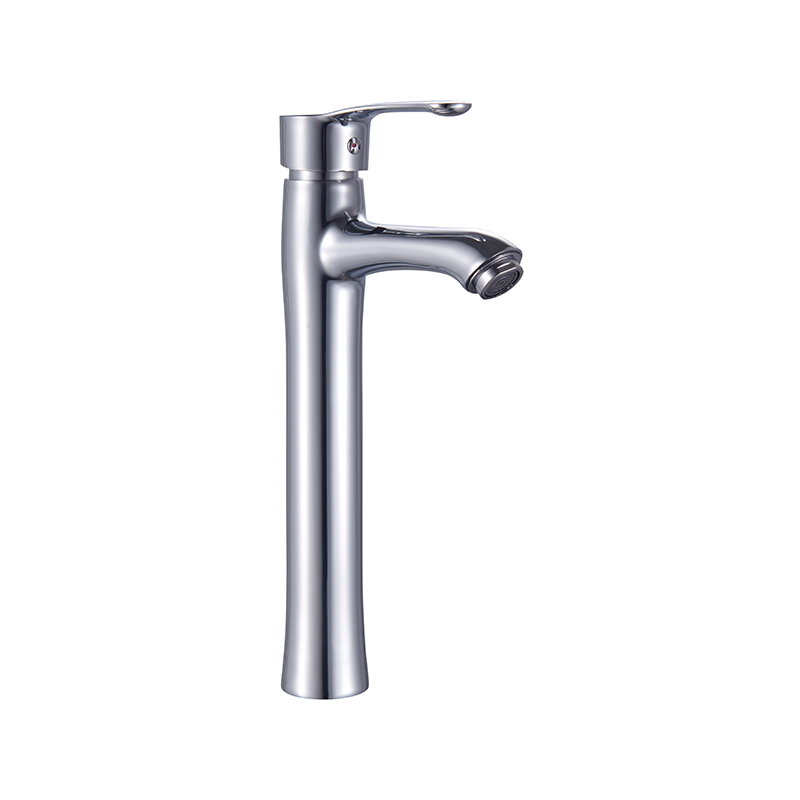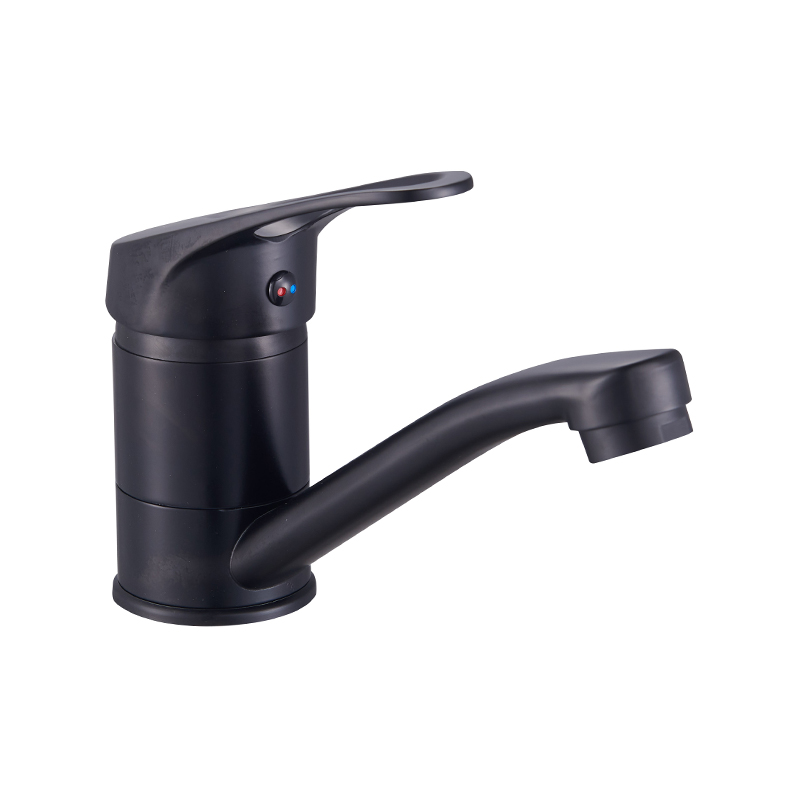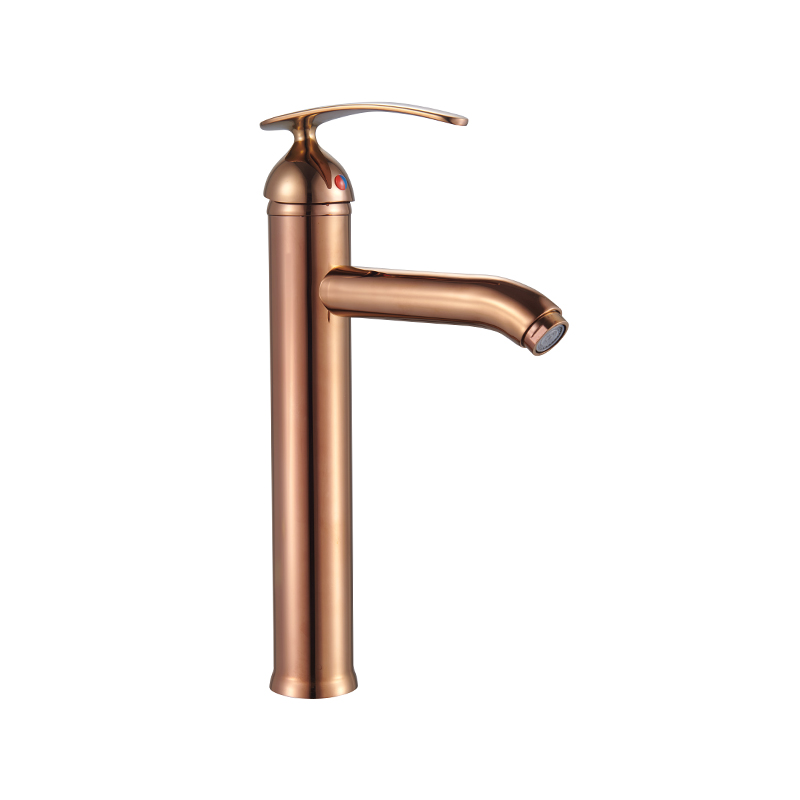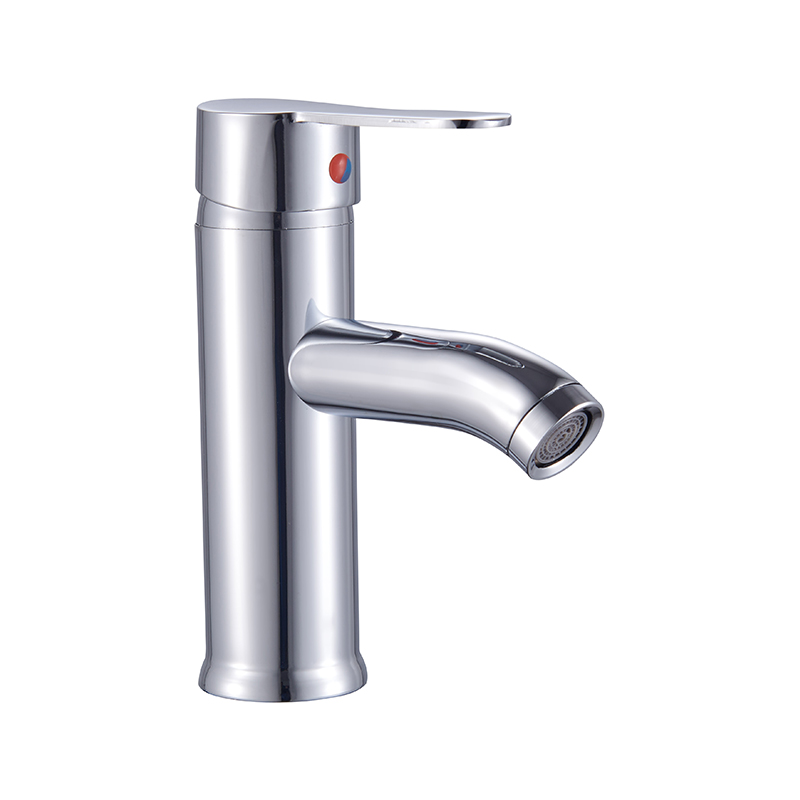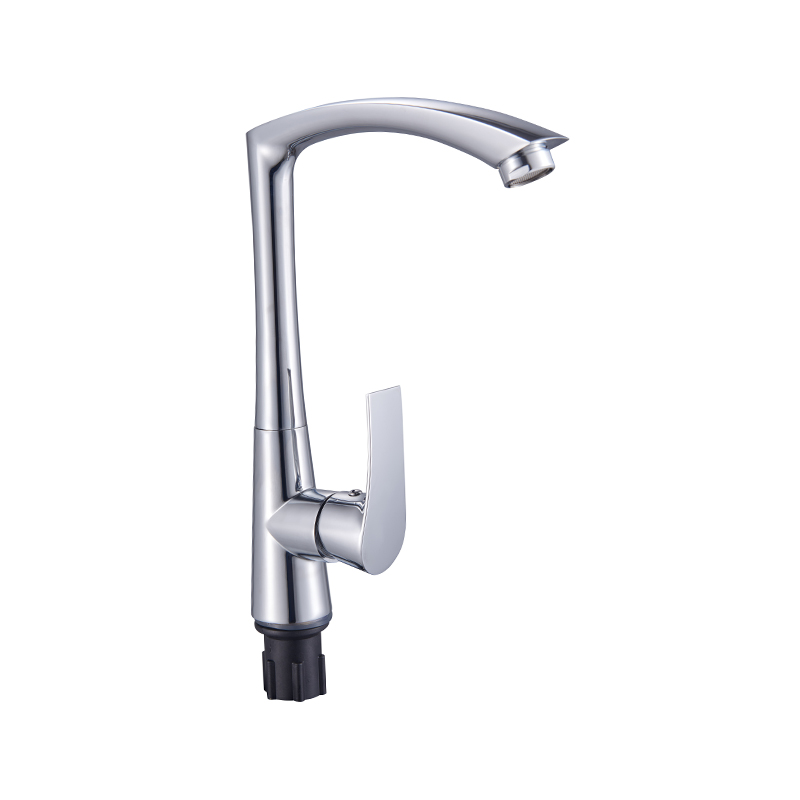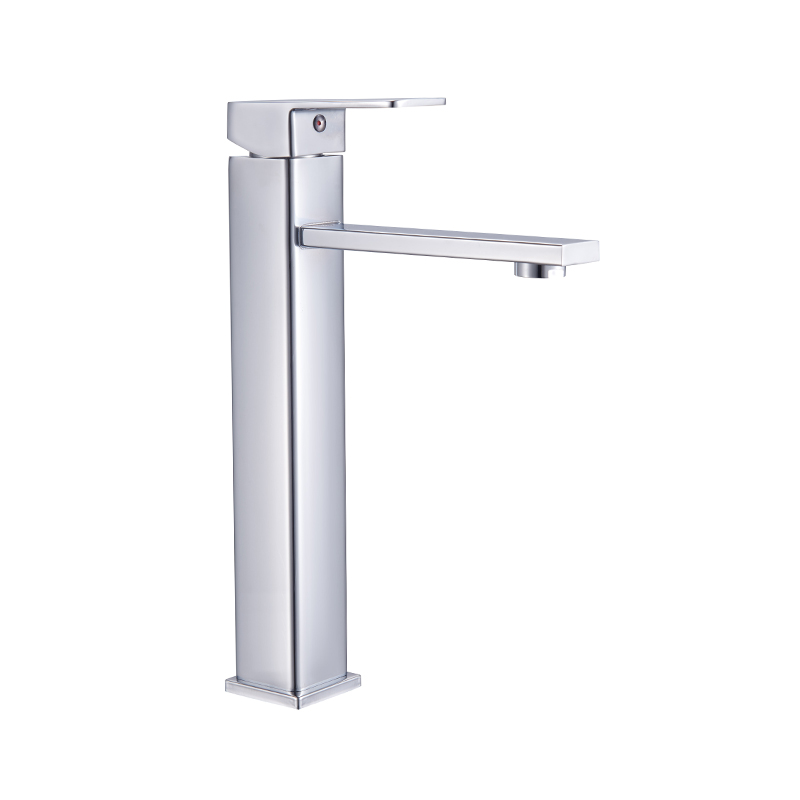Choosing the right Sink Bib Tap for your home can significantly impact both functionality and aesthetics in your kitchen or utility space. With various designs, materials, and features available, making an informed decision ensures long-term satisfaction.
Understanding Sink Bib Taps vs. Kitchen Mixer Taps
Before purchasing, it’s essential to know the difference between Sink Bib Taps and Kitchen Mixer Taps.
Sink Bib Taps are single-hole faucets typically used in utility sinks, outdoor settings, or commercial applications. They provide a straightforward water flow control, often with a simple on/off mechanism.
Kitchen Mixer Taps, on the other hand, blend hot and cold water through a single spout, offering more precise temperature control. They are commonly found in modern kitchens for convenience and style.
While Kitchen Mixer Taps are ideal for food preparation and dishwashing, Sink Bib Taps are better suited for heavy-duty tasks like filling buckets or garden use.
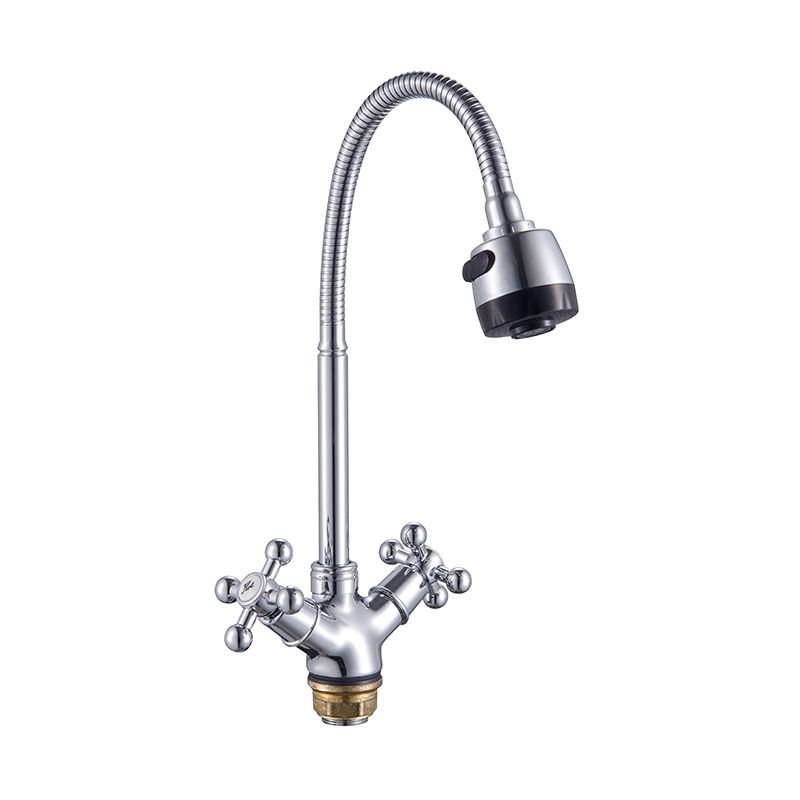
Key Factors to Consider When Choosing a Sink Bib Tap
1. Material and Durability
The material of your Sink Bib Tap affects its longevity and resistance to corrosion. Common options include:
Brass: Durable and resistant to rust, making it a reliable choice.
Stainless Steel: Offers a sleek look and good corrosion resistance.
Chrome-Plated: Provides a polished finish but may wear over time.
Unlike some Kitchen Mixer Taps, which prioritize aesthetics, Sink Bib Taps should prioritize sturdiness for frequent use.
2. Water Efficiency
Many modern Sink Bib Taps come with water-saving features, such as aerators that reduce flow without compromising pressure. If sustainability is a priority, look for taps with a high WELS (Water Efficiency Labeling Standards) rating.
3. Installation and Compatibility
Ensure the Sink Bib Tap fits your sink’s pre-drilled holes. Some models require a single-hole installation, while others may need additional space. Unlike Kitchen Mixer Taps, which often come with flexible hoses, Sink Bib Taps may have a fixed design, so check compatibility before purchasing.
4. Design and Functionality
While Kitchen Mixer Taps often feature swivel spouts and pull-out sprayers, Sink Bib Taps tend to have a simpler design. However, some models include features like high-arc spouts for easier filling of large containers.
5. Budget and Warranty
Prices for Sink Bib Taps vary based on material and features. Investing in a quality tap with a solid warranty ensures long-term reliability, similar to well-built Kitchen Mixer Taps.
Where to Use Sink Bib Taps vs. Kitchen Mixer Taps
Sink Bib Taps are good for utility sinks, garages, laundry rooms, and outdoor applications where durability matters more than advanced features.
Kitchen Mixer Taps are designed for residential kitchens, offering better temperature control and ergonomic benefits for daily cooking tasks.
Maintenance Tips for Long-Lasting Performance
To keep your Sink Bib Tap functioning smoothly:
Regularly clean limescale buildup with a mild vinegar solution.
Check for leaks and replace washers if needed.
Avoid harsh chemicals that can damage the finish.
These tips also apply to Kitchen Mixer Taps, ensuring both types remain in good condition for years.
Selecting the right Sink Bib Tap involves balancing durability, functionality, and budget. While Kitchen Mixer Taps are tailored for modern kitchens, Sink Bib Taps excel in practical, heavy-duty environments. By considering material, water efficiency, and installation requirements, you can find the ideal tap for your needs.
Whether you’re upgrading a utility sink or outfitting a new space, understanding these differences ensures a smart purchase. Explore our range of Sink Bib Taps and Kitchen Mixer Taps to find the ideal fit for your home.
 Language
Language
 English
English русский
русский Español
Español عربى
عربى Phone
Phone
 Email
Email



